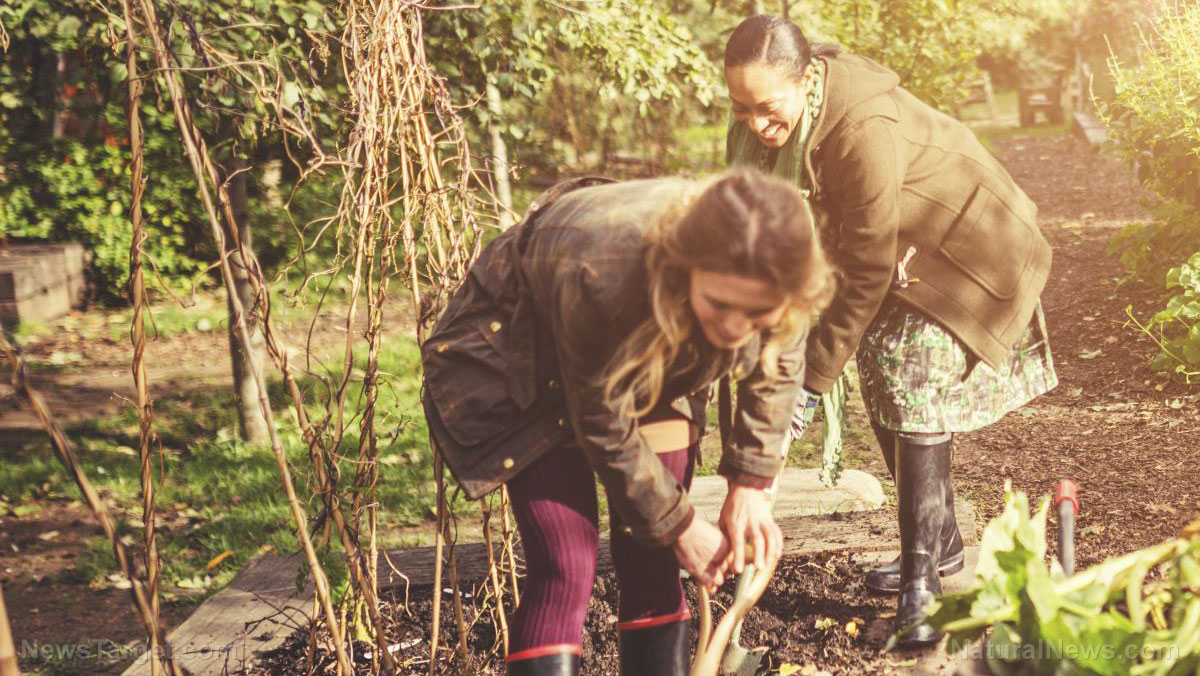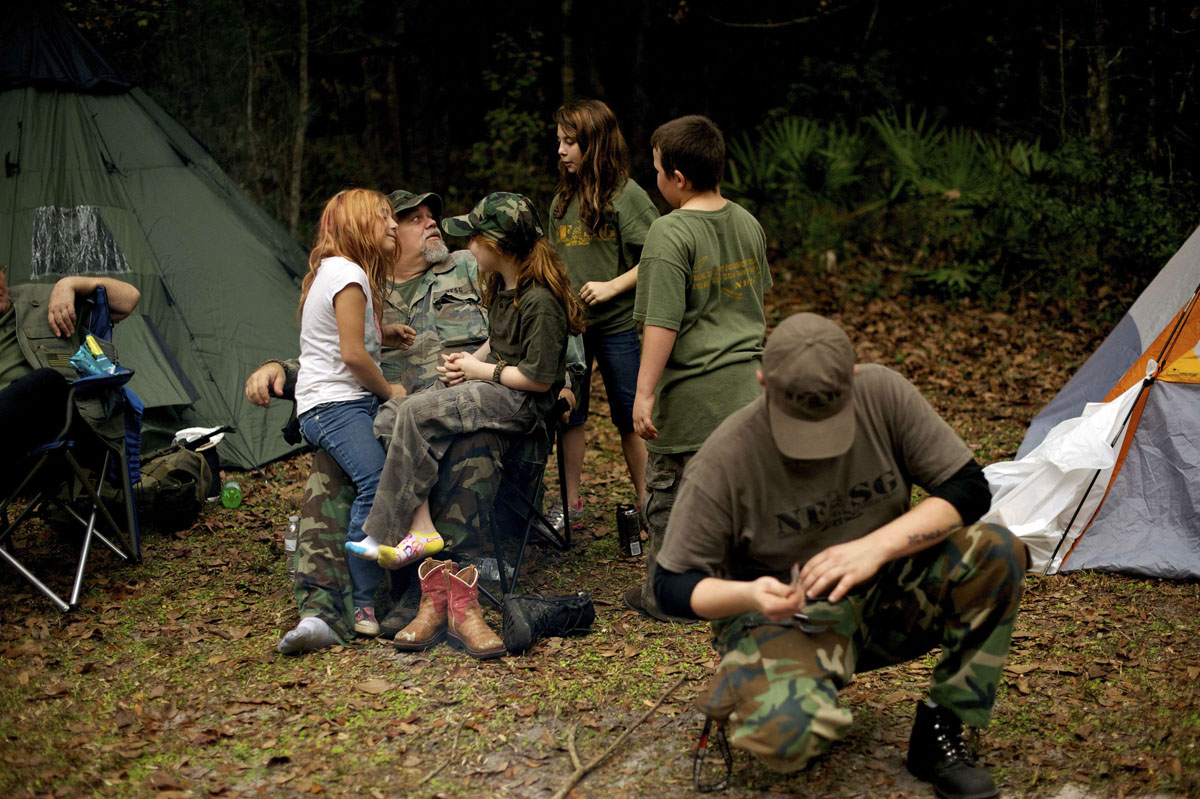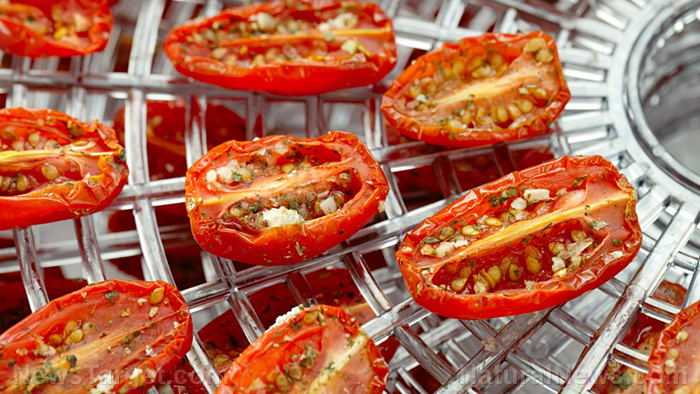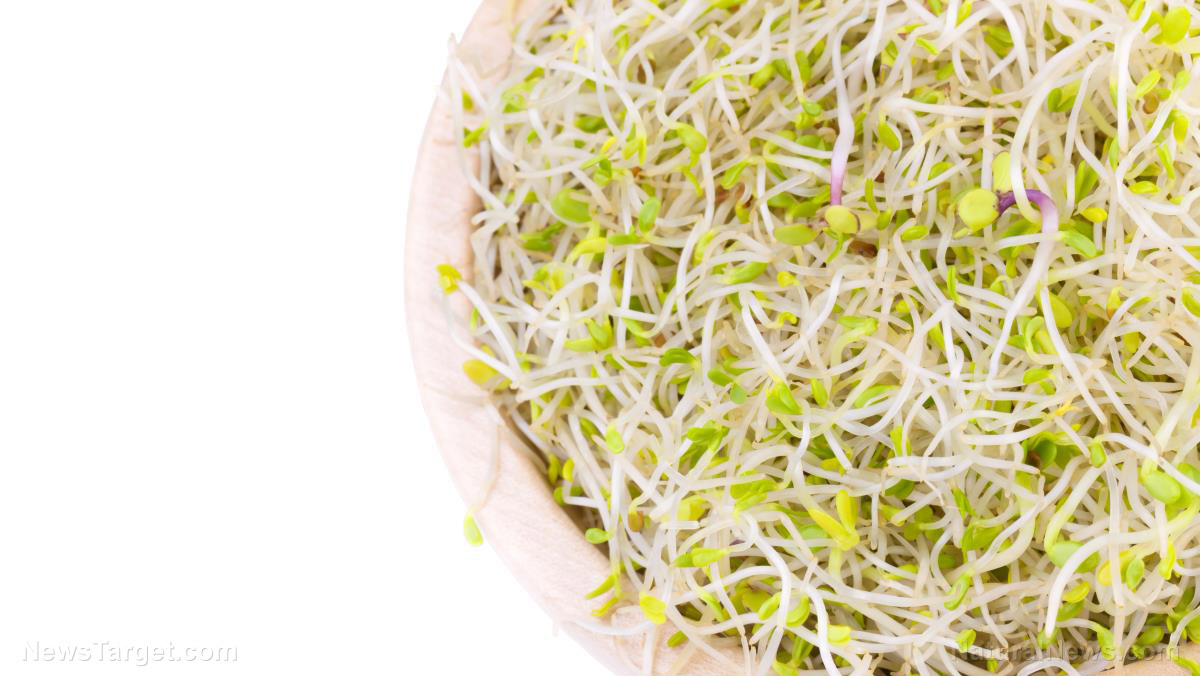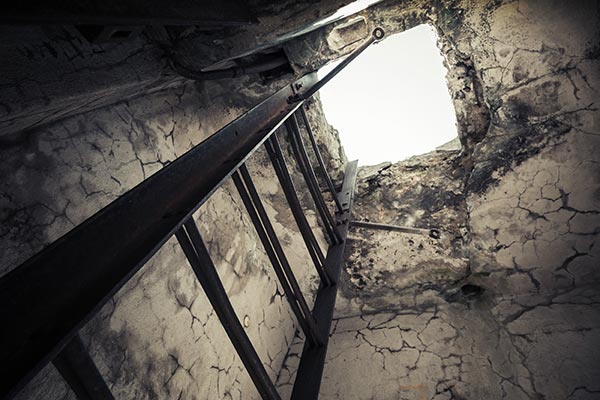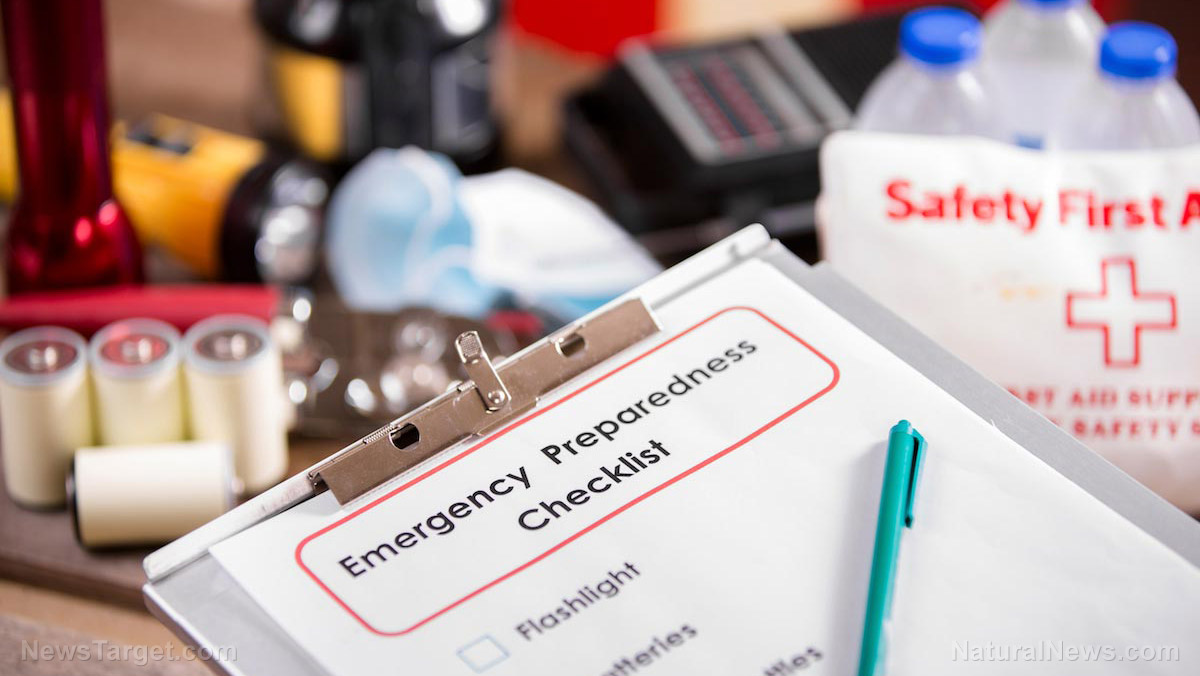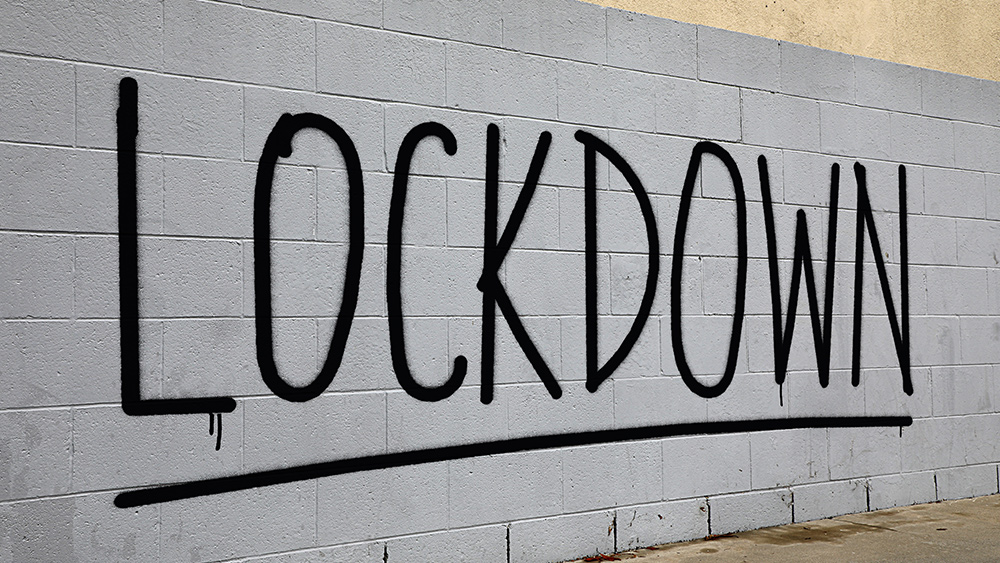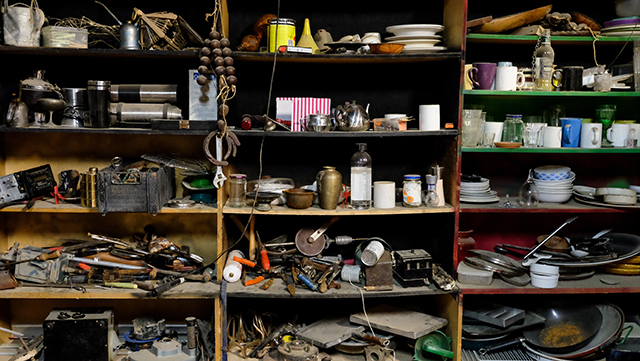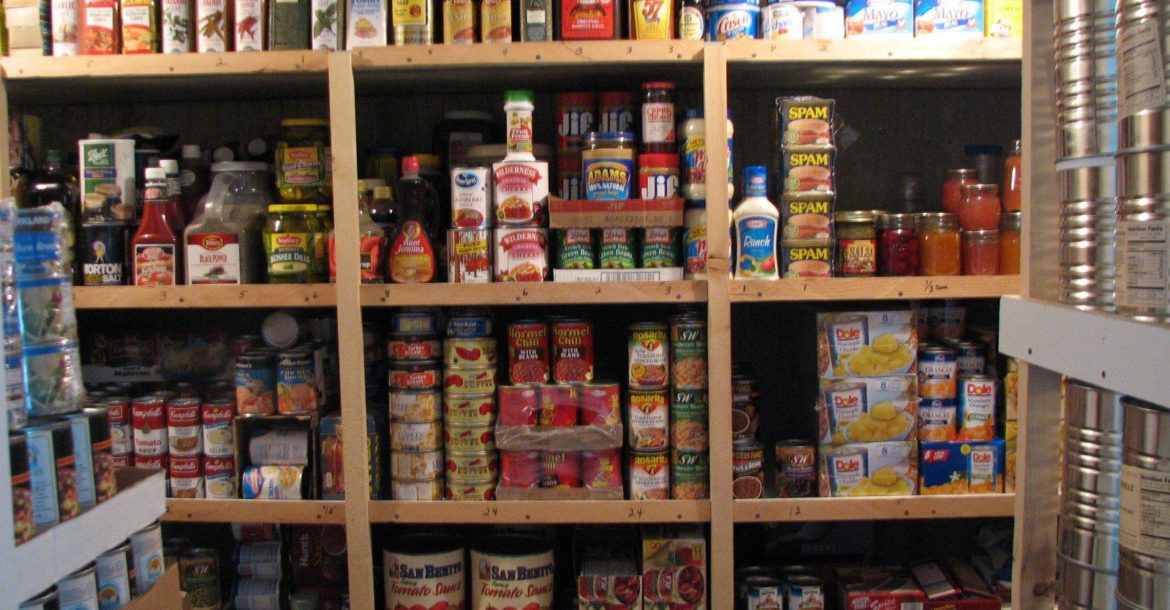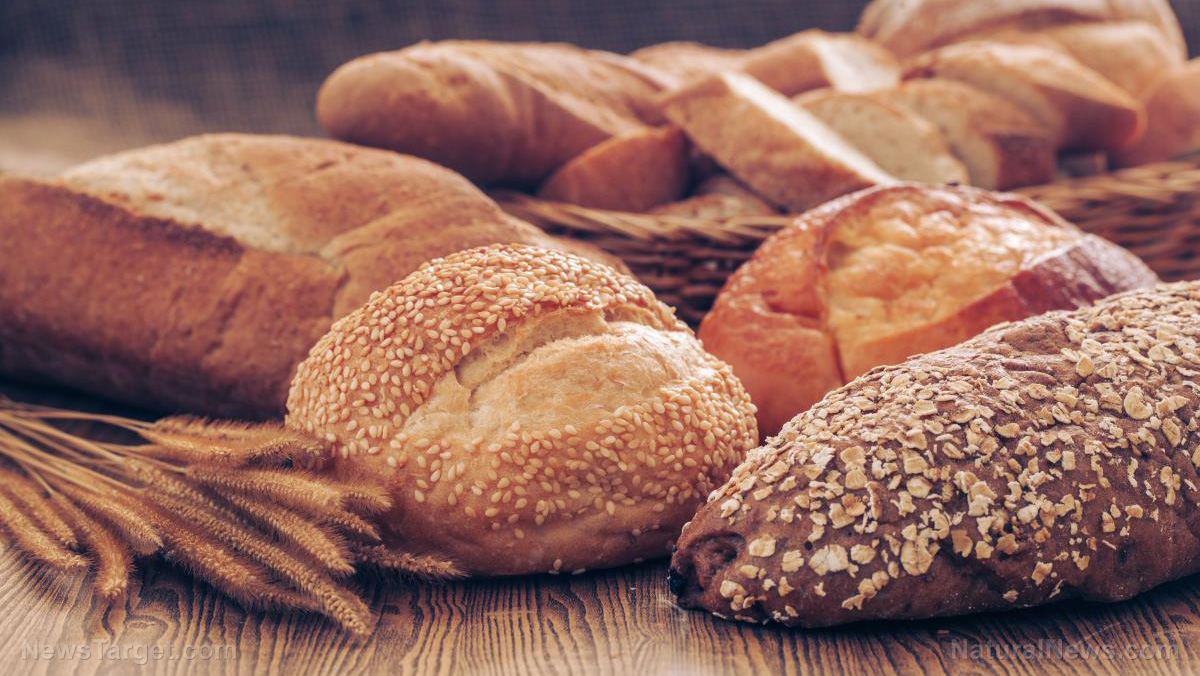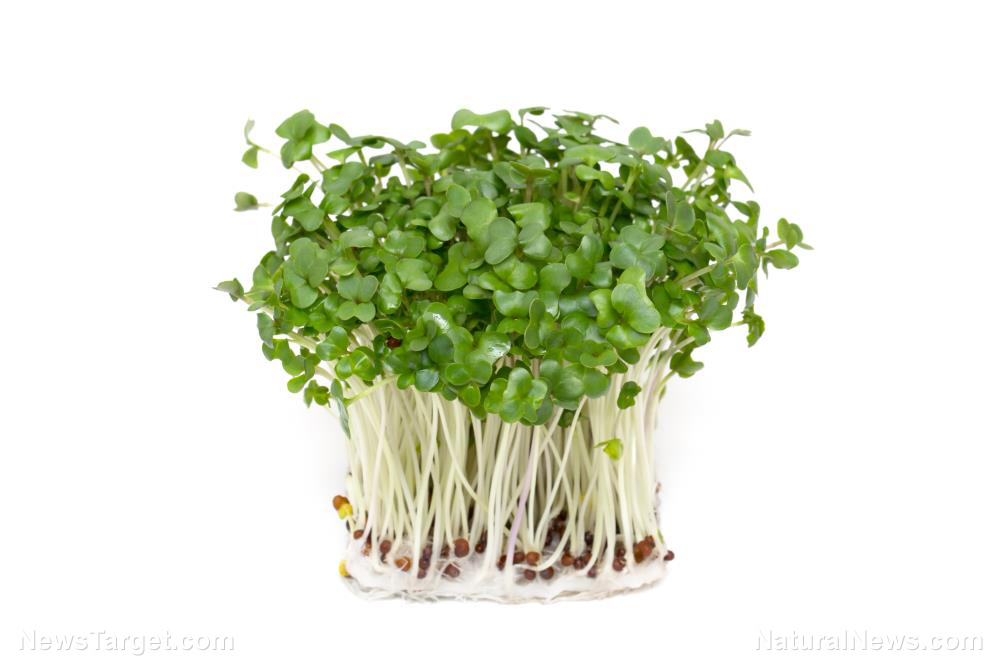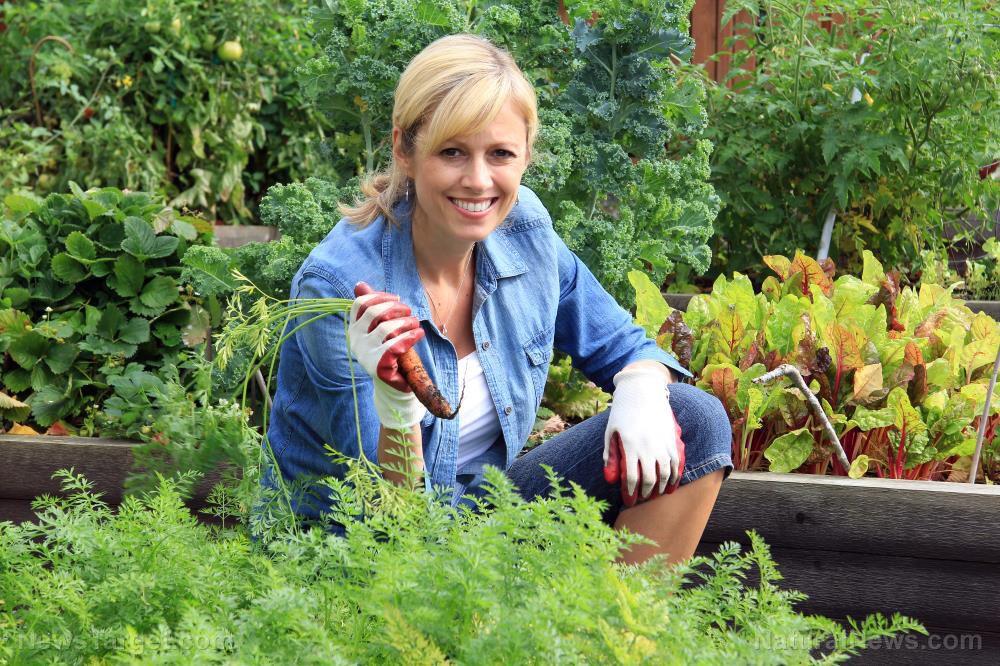A crash course in food choices for long- and short-term survival
04/14/2020 / By Zoey Sky
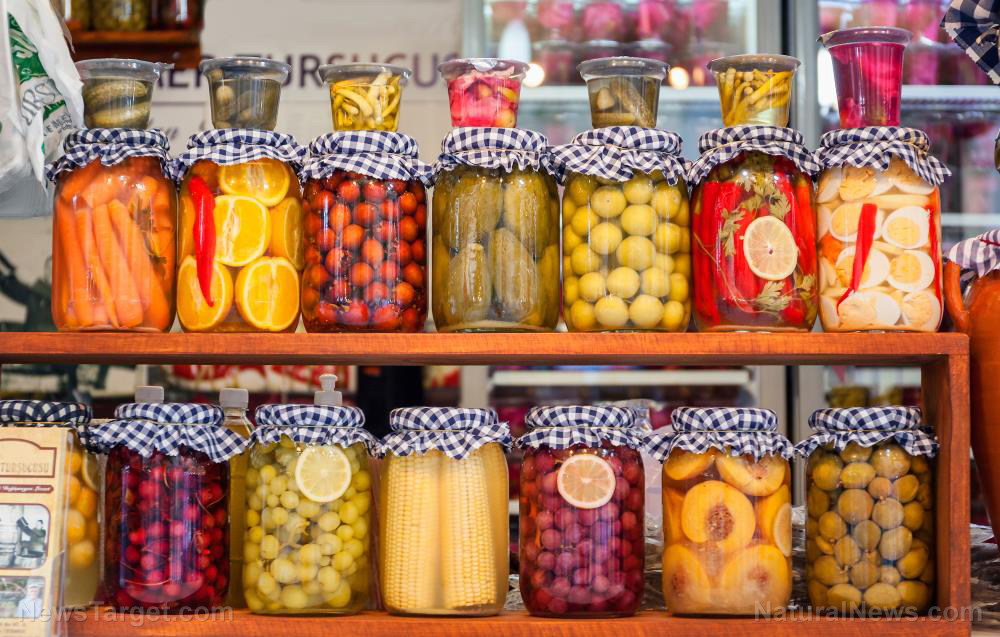
With government lockdowns being enforced across America because of the coronavirus pandemic, preppers across the country understand the importance of storing enough food in their stockpiles for short- or long-term survival scenarios.
It’s ideal to prepare for this scenario while you still have access to basic supplies. First, finalize your plan for short- and long-term stockpiles, then determine how much food and supplies you must acquire. (h/t to Survivopedia.com)
Consider your dietary needs, food allergies or sensitivities
When SHTF, you can’t afford to be picky with your food. However, you also need to consider food allergies and sensitivities when buying supplies.
Make a list of all the foods you eat for about one month. If anyone in the family has special dietary needs, consider them before choosing foods for your stockpile.
Buy enough food for the family so that everyone can be sustained with food that’s both filling and nutritious, so you can keep up your energy when SHTF.
Below is a list of foods that you’ll need in your stockpile for a short-term survival scenario:
- Canned fruits
- Canned meats
- Canned vegetables
- Cheese
- Coffee and tea
- Dehydrated fruit slices
- Dehydrated vegetables
- Dried beans
- Nuts
- Pasta
- Powdered milk
- Rolled oats
- Spices
- Sugar
- White rice
Think of ways to pre-cook or preserve your foods
Foods like dried beans, dried fruits and vegetables, nuts and seeds are easy to store, but you need to be creative with other items on your list.
You may need to use dairy alternatives like powdered milk, which has a long shelf-life. Meat may also present a challenge if you don’t prepare it while it’s still fresh enough to process.
Below are several ways to extend the shelf life of perishable items that you need in your survival stockpile:
- Dehydrating is one of the best ways to store fruits and vegetables that you can ground up and use for green smoothies or soups. Buy items that are on sale and learn how to use a dehydrator so you can process your favorite fruits and veggies.
- Fermentation is perfect for certain kinds of cheeses, especially those that can improve with age at specific temperatures in your basement or root cellar.
- Salting suits meats and certain kinds of vegetables.
- Smoking is great for meat and fish. If smoked meat is still a bit tough, boil it later on or grind it up for savory soups or stews.
- Water bath canning, which is best for fresh fruits and vegetables. When canning meats, follow instructions to the letter to avoid mistakes that can spoil meat or cause food poisoning.
Use sustainable methods for food storage
Avoid purchasing large quantities of food that need refrigeration, which can cause a problem during a power outage.
When deciding on food preparation methods, ensure that you can store the foods without relying on refrigeration. For example, if you purchase dried beans, nuts and seeds, temperatures in your stockpile must range between 40 to 60 F so these foods can last for several years.
But if it’s difficult to control the temperature in your home during the summer months, your carefully prepared stockpile might go bad within months.
Regardless of the food preservation methods that you use, you’ll need a cool, dark, dry location for your stockpile.
If you don’t have room under your home to store food, consider digging a root cellar. Another option is to build an insulated tub or other structure that will allow you to use salt and ice or other mechanisms to keep food as cold as possible without using electricity. Alternatively, you can use zeer pots or similar methods.
When choosing foods for short- or long-term emergencies, consider your family’s eating habits. Stock up on nutritious foods with a long shelf life so you can stay healthy and keep up your energy for when SHTF.
Sources include:
Tagged Under: emergency food, food freedom, food independence, food security, Food storage, food supply, green living, homesteading, long-term food supply, preparedness, prepper, prepping, SHTF, survival, survival food, sustainable living
RECENT NEWS & ARTICLES
Homesteading.News is a fact-based public education website published by Homesteading News Features, LLC.
All content copyright © 2018 by Homesteading News Features, LLC.
Contact Us with Tips or Corrections
All trademarks, registered trademarks and servicemarks mentioned on this site are the property of their respective owners.


